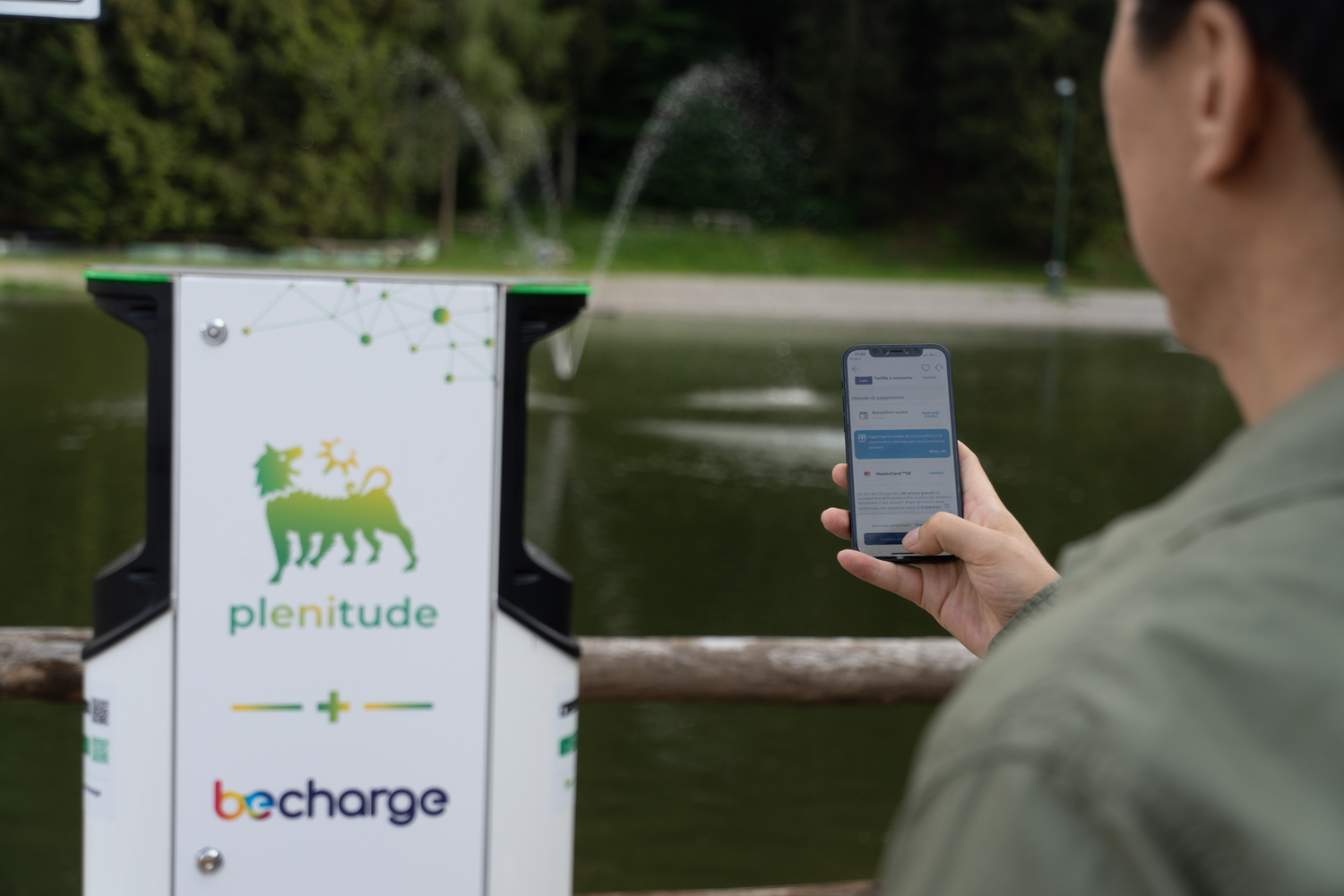Calabria is a unique land. A land of rugged mountains and crystal clear seas, cities rich in history and villages perched in its most remote, most hidden corners. Calabria is its scents and its colors, its people and its speech, a land where tradition and the past deeply mark everyday life. A land suspended between sky and sea, between sky and mountains, where intense flavors tell its story, where at every corner a wonder is revealed, where wild valleys, lush woods and semi-desert areas are combined with sea views. And then there is the wind, the delicate scream of the wind of this extraordinary strip of land squeezed between the Tyrrhenian and the Ionian. Of this dream called Calabria we chose to visit the Tyrrhenian side, starting from the beautiful Scalea and going down to the south, up to Reggio Calabria, where the gaze rests beyond, on the beautiful Sicily.
Day 1: Laino Borgo, Scalea, Diamante
Laino Borgo and Scalea
After completing the recharge at the column of Laino Borgo, a small Calabrian town on the border with Basilicata, we move to the shores of the Tyrrhenian Sea, in the beautiful Scalea, pearl of Cosentino, which combines its picturesque medieval quarter with the coast dotted with beautiful beaches. In the ancient nucleus, closed within the walls, you can still breathe the atmosphere of the past between shops and trattorias that offer local specialties. Among the architectural emergencies of Scalea there are the church of Santa Maria dell’Episcopio and the palace of the Spinelli Princes, dating back to the thirteenth century, which houses frescoes of the seventeenth century. Lunch in one of the restaurants of the village where we taste a good fried fish.
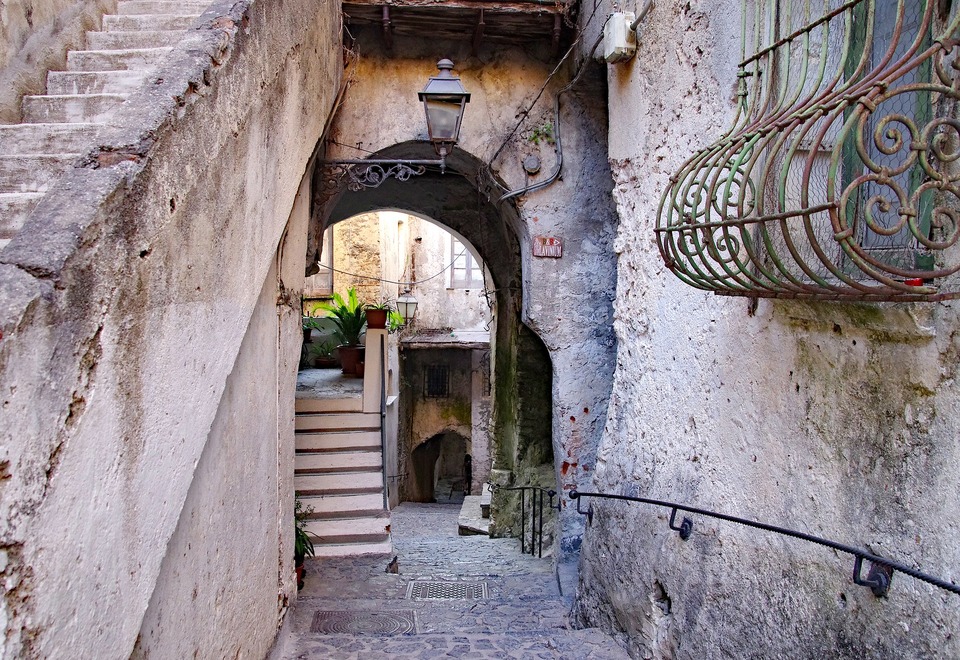
Diamante
We leave Scalea to move very little along the Tyrrhenian coast and reach Diamante. A seaside village on the Riviera dei Cedri, Diamante preserves an interesting historical heritage and is one of the most popular destinations on the Tyrrhenian coast. Do not miss its murals, which color squares and alleys. An unmissable show that makes the village of Cosentino among the most interesting in the region. Often chosen as a location for films, fiction and television programs, including “L’abbuffata”, a film by Mimmo Calopresti with Nino Frassica, Diego Abatantuono and Gérard Depardieu, Diamante is a corner of Calabria to live all year round, between the sea and the colors of its murals. Among the local specialties that we taste the typical anchovies preserved in salt and chilli and the pancakes based on bianchetto. We close with a taste of local liqueur handcrafted with cedar. Before retiring for the night, ideal is a walk along the seafront, to enjoy the scent and breeze of the Tyrrhenian Sea.
Day 2: Amantea, Pizzo Calabro
Amantea
It is a long stretch of Calabrian coast that leads us to Amantea. Along the way we pass through the town of Paola, the birthplace of San Francesco da Paola, while the view of the sea alternates with the views that the hinterland offers. We stop in Amantea, an ancient Calabrian shopping center. Walking in the ancient village you seem to breathe what are the scents and visions of the maritime life of the past. To see the cathedral, mother church dedicated to San Biagio, which in Holy Week is the scene of the procession of the Varette, the main popular event in the city.
Pizzo Calabro
We resume the journey, which gives us other breathtaking views of the Calabrian coast, to reach Pizzo Calabro for lunch, in which we treat ourselves to an octopus salad and swordfish rolls, which we accompany with a good white wine of the Tyrrhenian Sea, a Lamezia. We dedicate the afternoon to Pizzo. Piazza della Repubblica is the most beautiful view of the sea, the heart of the ancient village, rich in Aragonese architectural testimonies, invaders of this important town on the Costa degli Dei.
Castello Murat
The main Aragonese testimony is the Murat castle, built by Ferdinand I of Aragon in 1492. Dedicated to Gioacchino Murat, detained and shot in October 1815, it offers an interesting museum itinerary. Do not miss in Pizzo a delicious stop in one of the ice cream parlors of Piazza della Repubblica, the soul of what is called the city of ice cream. Its typical delight is the truffle, invented in the fifties, hazelnut ice cream in the shape of a hemisphere with a heart of melted dark chocolate and the outside covered with bitter cocoa powder.
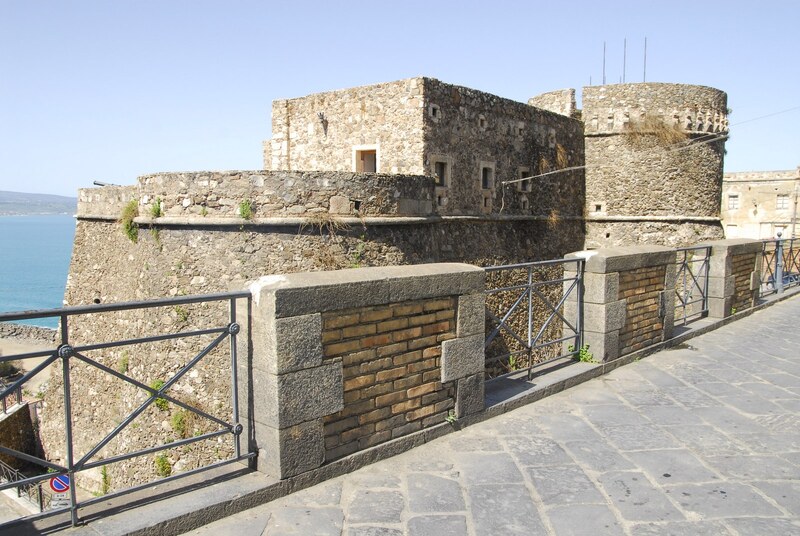
Before dinner we treat ourselves to a walk that from Piazza della Repubblica goes up to the upper area; it is Corso Giuseppe Garibaldi the artery that cuts in two the center of Pizzo, animated by shops, shops and clubs, where we stop for some purchases. Among the baroque treasures of the village there is the church of San Giorgio, a building with a beautiful marble portal of 1632.
Dinner with marinated anchovies and tuna alla pizzitana, with sultanas and Tropea onion, to be accompanied with an Scavigna, white wine of the Tyrrhenian Sea. Evening walk on the Cristoforo Colombo promenade, in the lower area of Pizzo, to enjoy the sea at sunset.
Day 3: Tropea
Third day in Tropea, an authentic wonder of Calabria, one of the main tourist resorts of the Peninsula. When we arrive we are immediately struck by its beautiful sea and the rocky spur that divides the Tropean coast in two, from the top of which stands what is the symbol of the town, the church of Santa Maria dell’Isola.
Beautiful walk along the beautiful beaches and full of suggestions the climb to the church, assigned by Urban II to the abbey of Montecassino in 1077, rebuilt at the end of the fourteenth century and rebuilt after the earthquake of 1905. From the top of the rocky spur where the church stands you can enjoy one of the most beautiful views of the Mediterranean, the splendid palace of the historic center resting on the sandstone cliff. To see the cave of Palombaro, a passage that connects the beach of Linguata with that of the Rotonda.
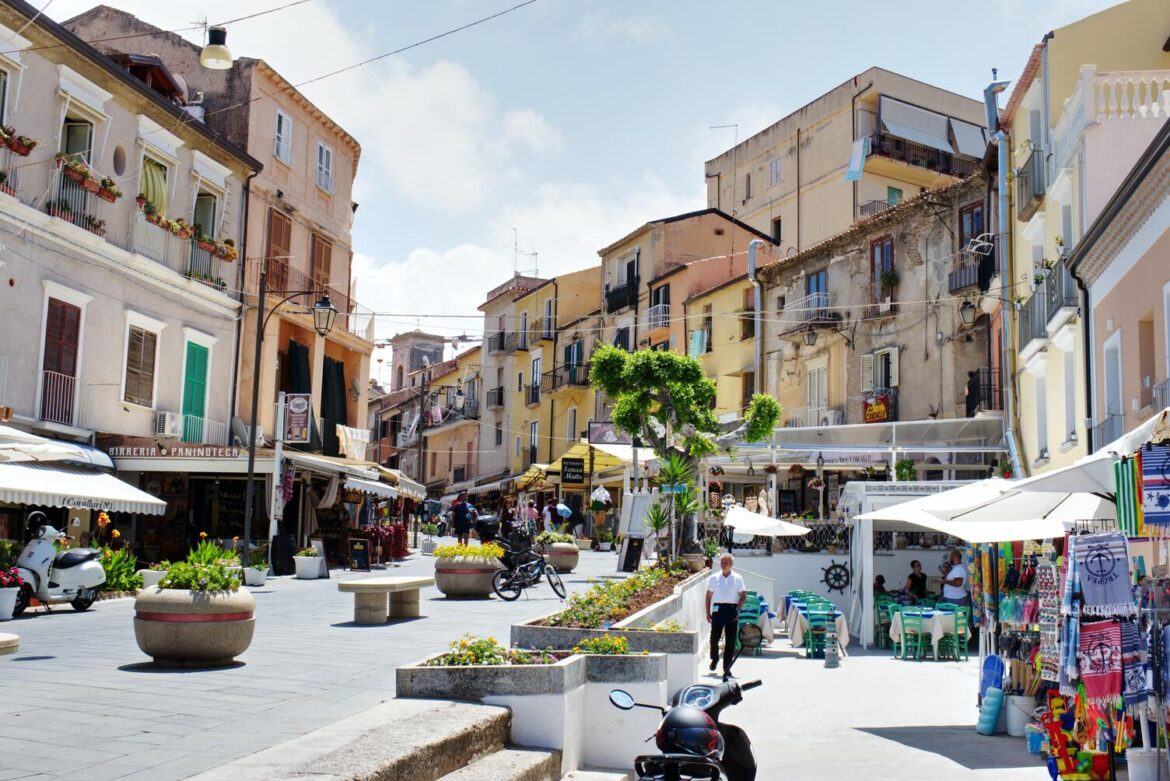
We stop for lunch in one of the restaurants in the historic center to enjoy a good grilled fish and close with a degreasing lemon sorbet. Tropea is certainly one of the Calabrian destinations that offer the most beautiful natural scenery, but it is also an ideal center where you can shop, maybe a bottle of extra virgin olive oil, a local wine, the ‘nduja, some red onion typical of the area or a delicacy with chilli. Walking through the streets of the historic center, among historic buildings and overlooking the sea, and enjoying the central Corso Vittorio Emanuele II, give us a Tropea different from the one that is caressed by the sea.
In Via Roma a visit to the Sicilian-Norman Romanesque cathedral of the twelfth century is a must. We then return to the course, to enjoy the lively comings and goings of the town before settling down for dinner strictly, once again, based on fish, with a tuna fillet with a side of typical Tropean onions, an authentic treasure of the area. Walk with sea view not to be missed before retiring for the night.
Day 4: Reggio Calabria, Nicotera, Rosarno and Bagnara Calabra
Reggio Calabria and Nicotera
We leave the beautiful Tropea to continue towards Reggio Calabria, to the south. It is in Nicotera that we stop. Picturesque village overlooking the coast, offers an extraordinary view of the Riviera. Among paved alleys and squares, to see is the castle of Ruffo, of the eleventh century, in addition to the paths of the ancient Jewish quarter of Giudecca and the cathedral.
We leave and head towards Rosarno, an important railway and motorway junction of the Gioia Tauro plain, where, after more than 250 kilometers of travel, we leave the car for charging at the column of Via Nazionale.We take the opportunity to have lunch and enjoy a good dish of paccheri swordfish and eggplant in one of the trattorias of the city.
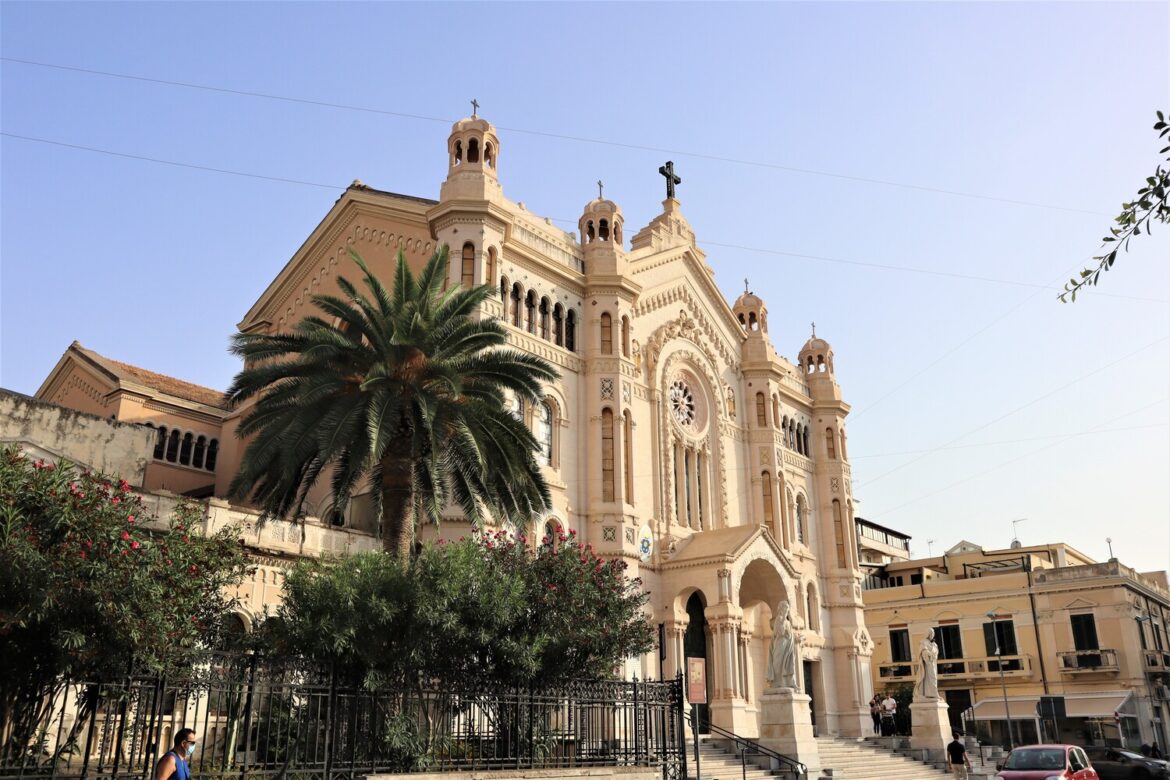
Rosarno and Bagnara Calabra
We leave Rosarno for the sea. After passing the large centers of Gioia Tauro, an important agricultural, commercial and industrial center of the Tyrrhenian coast, and Palmi, an active agricultural and seaside resort, we arrive in Bagnara Calabra, a picturesque seaside resort on the Costa Viola.
The village offers numerous commercial and local activities, churches, the tower of King Ruggiero, located in the district of Marinella and the Emmarita castle, also known as the ducal palace of the Ruffo. Do not miss the monument dedicated to Mia Martini, to Marinella, unforgettable and extraordinary voice, with her sister Loredana Bertè, of this village of Calabria.
More fish, fresh fish, for dinner in Bagnara with a carpaccio of swordfish, salmon and scampi and tagliolini with lobster.
Day 5: Scilla
Fifth and last Calabrian day in Scilla, which we quickly reach from nearby Bagnara Calabra. Chianalea is its most characteristic neighborhood, with narrow alleys and stairs that end in the sea. One of the most beautiful maritime frescoes in the region where it is easy to come across fishermen struggling with fishing nets, or perhaps busy in the arrangement of boats. The district of San Giorgio is also worth a visit, the central area of the beautiful village a stone’s throw from Reggio Calabria. It is nice to get lost in the streets of Scilla, where the sound of the sea accompanies our walk.
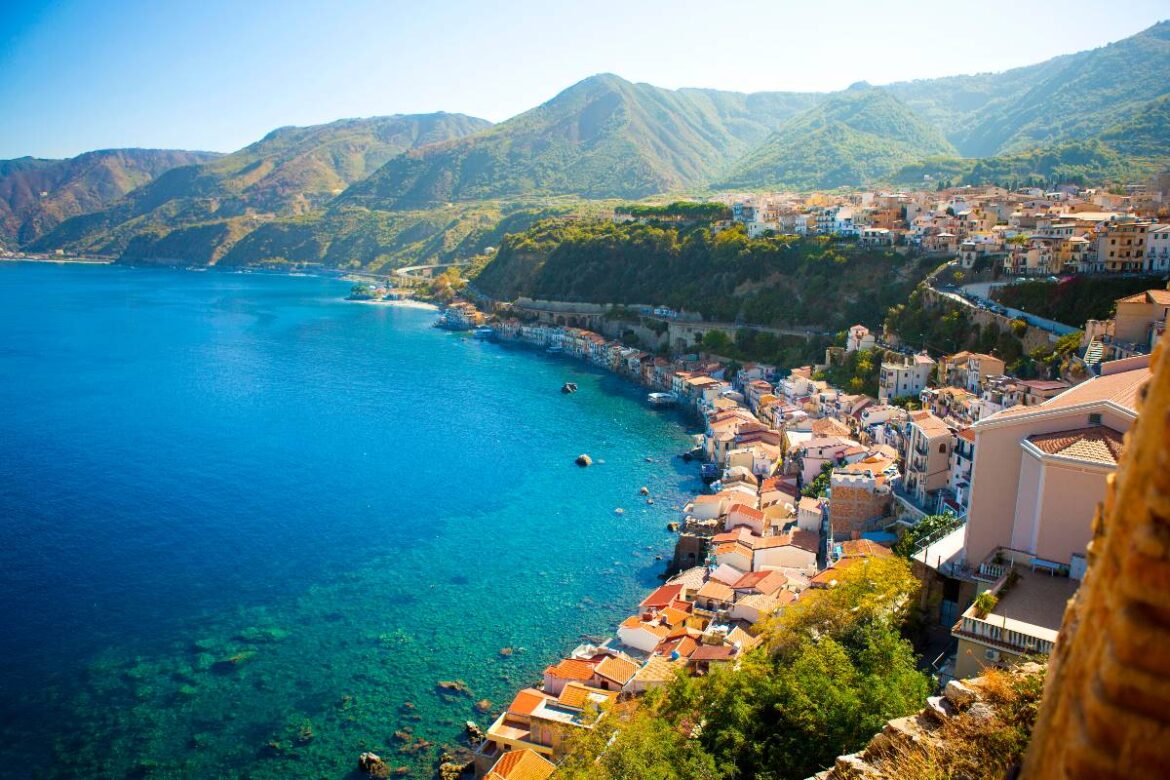
After a quick lunch, with a tasty ‘nduja sandwich, we leave for the great Reggio Calabria. Among the unmissable corners of the Calabrian city there is what Gabriele D’Annunzio called “the most beautiful kilometer in Italy”. Among the most beautiful and panoramic walks of our seas, the seafront of Reggio offers one of the most beautiful views of Etna.
From the seafront we move to the bustling Corso Garibaldi, an authentic city living room, intersected by streets full of craft shops, elegant boutiques, ice cream parlors and pastry shops. The religious heart of the city is Piazza del Duomo, overlooked by the Metropolitan Cathedral of Maria Santissima Assunta in Cielo, with its Eclectic-Liberty architecture and Romanesque interior. Do not miss the Archaeological Museum of Antiquities, where you can see, among others, the Riace Bronzes, and the Civic Art Gallery, which offers, among the treasures, paintings, canvases and tablets painted by Antonello da Messina.
The Calabrian itinerary along the Tyrrhenian Sea can only end at the table, with a nice platter of cold cuts including soppressata, with wild fennel and chilli, bacon, capocollo, and local cheeses, including pecorino dell’Aspromonte.







